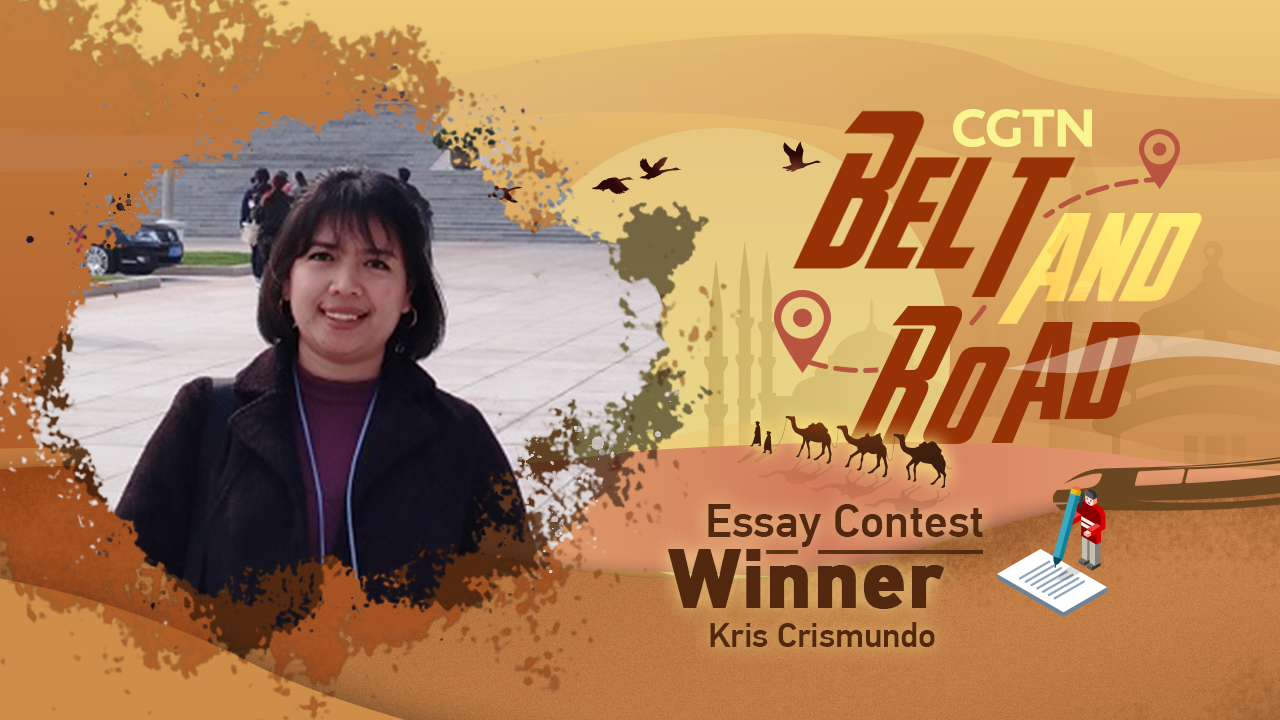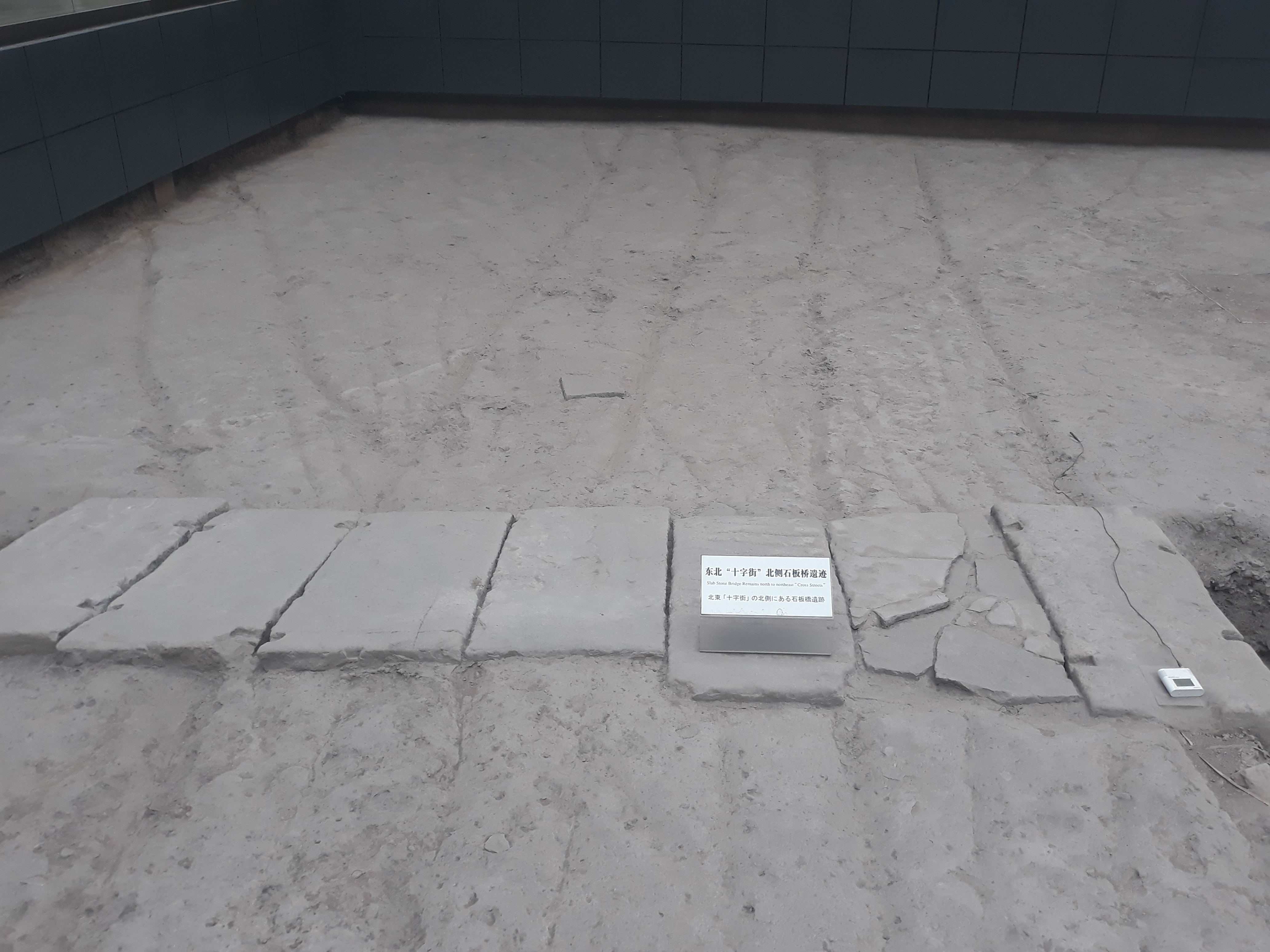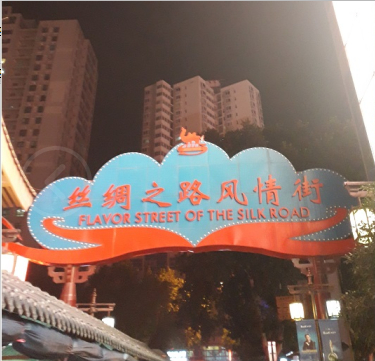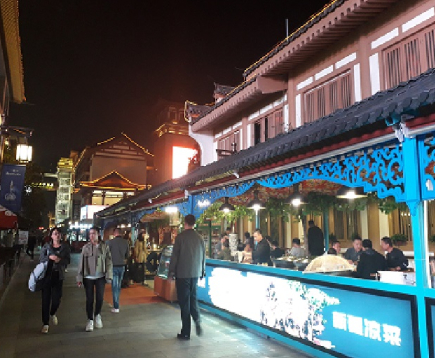
Opinion
07:43, 20-Apr-2019
My story: Starting Points
Kris Crismundo

Editor's note: The second Belt and Road Forum for International Cooperation will be held in Beijing at the end of this month. Over the past six years, we have heard many voices – mostly political and economic ones – about the BRI. But we wanted to also hear from ordinary people who have experienced the BRI for themselves. Over 100 people took part in our "CGTN Belt and Road Essay Contest," and we selected the 18 best stories. Here is an essay of one of our second-prize winners. The article reflects the author's opinion, and not necessarily the views of CGTN.
I've been to China twice – to Xi'an and Beijing.
My first visit was to Xi'an. I was amused by this city in Shaanxi Province because of China's rich culture and heritage. I take a look at one part of the city that has temples, and it makes me feel as if I'm living in the Tang dynasty. When I turn my back from this scenery, I see modern buildings with Chinese architecture styles. Xi'an lets me travel to a different era.
Beijing is different. The city has lots of tall buildings, state-of-the-art architecture and massive infrastructure that connects anyone to anywhere. It reminds me that the world is huge and everything is interconnected.
Despite the differences, the two cities have similarities. One is that they have been China's capital – Xi'an, during the Tang dynasty when it was called Chang'an, while Beijing is now the country's center.

Remains of the ancient slab stone bridges preserved at Tang West Market Museum in Xi'an, Shaanxi Province, October 2018. /Courtesy of Kris Crismundo
Remains of the ancient slab stone bridges preserved at Tang West Market Museum in Xi'an, Shaanxi Province, October 2018. /Courtesy of Kris Crismundo
When I was in Xi'an, I was able to talk to Mr Hu Ji, the director for Silk Road Specialized Committee of the Institute of Dunhuang and professor at Turpan Studies of China. I learned from him that the Silk Road started in Xi'an. The ancient city had two major areas for trade, the East Market that served domestic government officials and the West Market was for international trade.
Xi'an, as the starting point of the ancient Silk Road, has opened China to the world. Foreign merchants from the West, particularly from the Middle East and Europe, penetrated China as they were able to do their businesses in Xi'an's West Market.
Maritime trade was also established as China opened its seas and rivers to facilitate trade and reduce trade costs, forging ties with countries from both east and west.
Apart from commodities, merchants were able to bring their own culture to China. The country then gained technologies from other nations as well as their cultural practices.

Today's Tang West Market still serves as the melting pot for Chinese and foreign merchants. /Courtesy of Kris Crismundo
Today's Tang West Market still serves as the melting pot for Chinese and foreign merchants. /Courtesy of Kris Crismundo
According to Mr Hu, the openness of China during the Tang dynasty helped the country experience its golden age of cosmopolitan culture while strengthening its foreign relations.
Today, Beijing aims to replicate the openness of the ancient city through the Belt and Road Initiative or the BRI. Just like the time of Tang dynasty, Beijing – which is now the seat of China's political power – is cementing its diplomatic ties with the East and the West by promoting free and fair trade, investment, people-to-people and cultural exchange, and establishing win-win cooperation.
Beijing now is looking back at the ancient trade network that started in Xi'an and has tasked itself to bring back the golden age of global trade amid rising protectionism. After the world brought development to China during the Tang dynasty, China now aims to help in global economic development, particularly those in developing countries.
According to National Development and Reform Commission head He Lifeng, the BRI has boosted trade along the Belt and Road route to 6 trillion U.S. dollars in five years.

Foreigners set up their shops in Tang West Market in Xi'an, Shaanxi Province. /Courtesy of Kris Crismundo
Foreigners set up their shops in Tang West Market in Xi'an, Shaanxi Province. /Courtesy of Kris Crismundo
The story of rising Chinese trade and investment in other developing nations is true for my country, the Philippines. Since the two countries improved their diplomatic relations, Beijing vowed to boost trade with Manila, while bringing more Chinese investment.
Philippine Statistics Authority data showed that in 2018, China was the country's top trade partner and source of approved foreign investment. Bilateral trade between China and the Philippines last year increased by 18 percent to 30.1 billion U.S. dollars from 25.5 billion U.S. dollars in 2017. The Philippines also approved 980 million U.S. dollars in investment pledges from China in 2018. These investments are expected to bring more jobs as well as technology transfer to the Philippines to help the Southeast Asian nation to further develop.
As the world today faces new challenges such as growing unilateralism, protectionism and de-globalization, uncertainties are slowing down global economic growth.
The ancient Silk Road has proved to the world that openness brings development and establishes stronger ties. Beijing aims to bring that development and win-win cooperation to the world through the BRI, extending the Chinese characteristics around the globe.
Xi'an and Beijing may have different landscapes but the two cities share in being the starting points of the Belt and Road route, bringing shared development and prosperity to the world.
(The author is a journalist from the Philippines. If you want to contribute and have specific expertise, please contact us at opinions@cgtn.com.)

SITEMAP
Copyright © 2018 CGTN. Beijing ICP prepared NO.16065310-3
Copyright © 2018 CGTN. Beijing ICP prepared NO.16065310-3